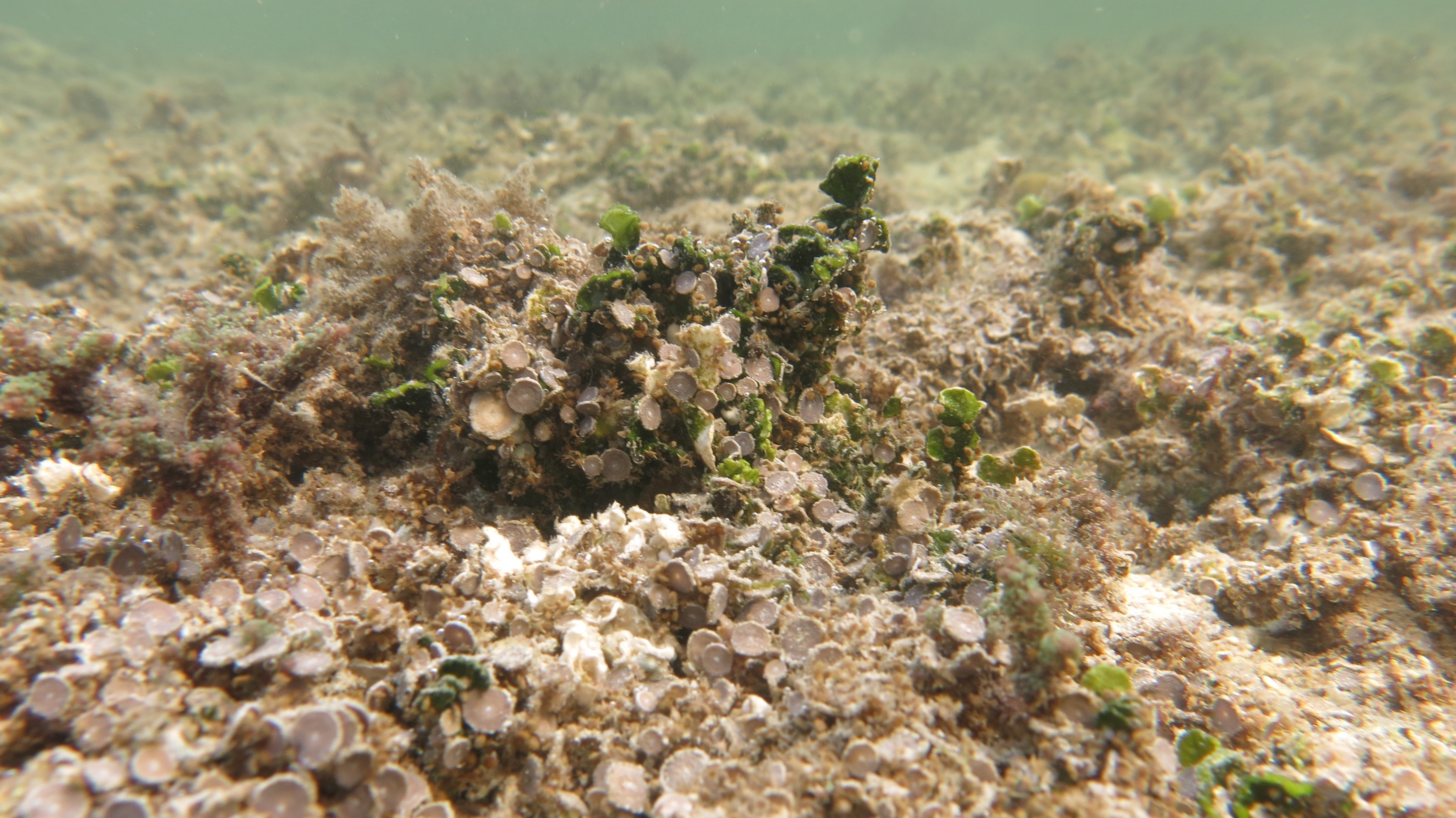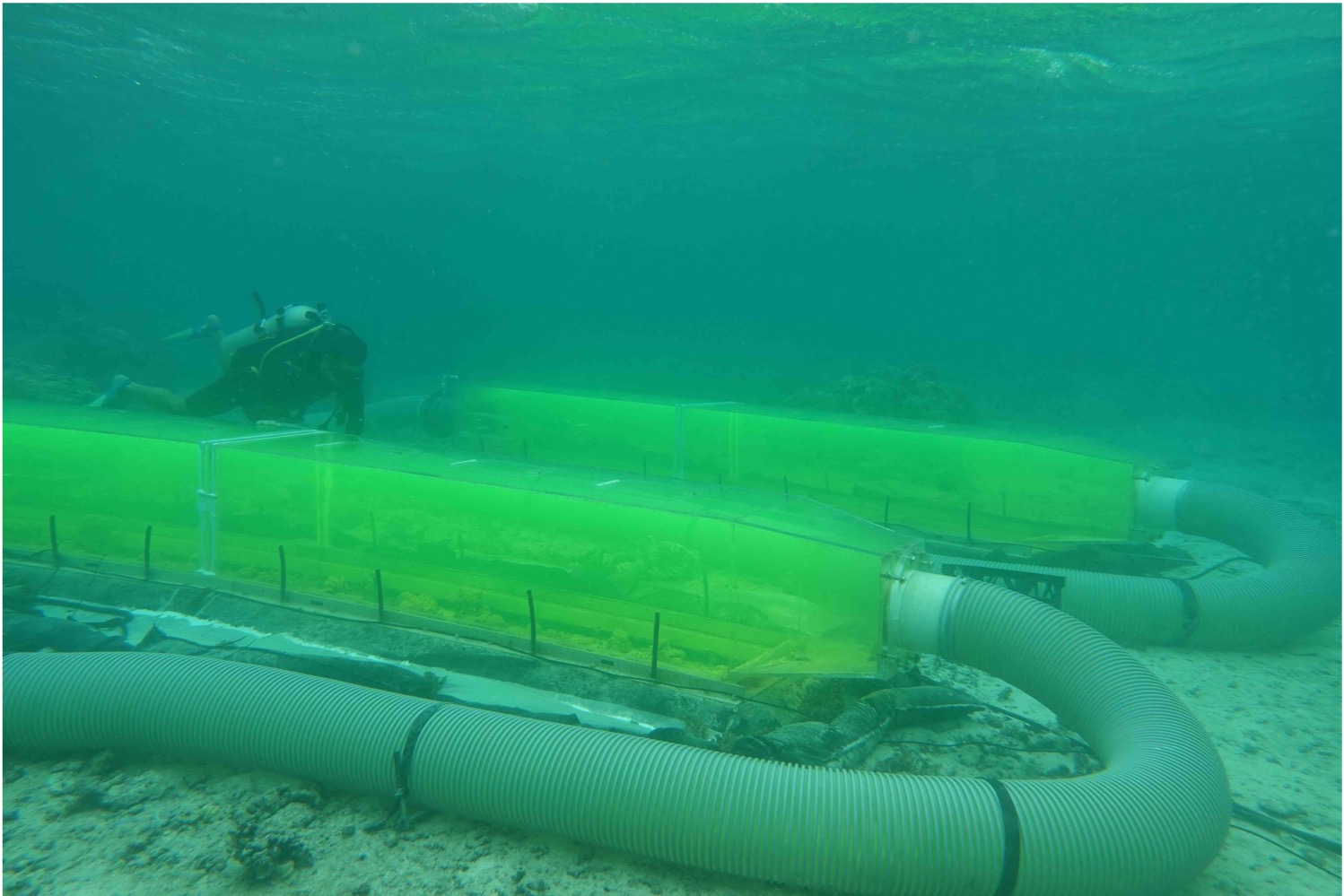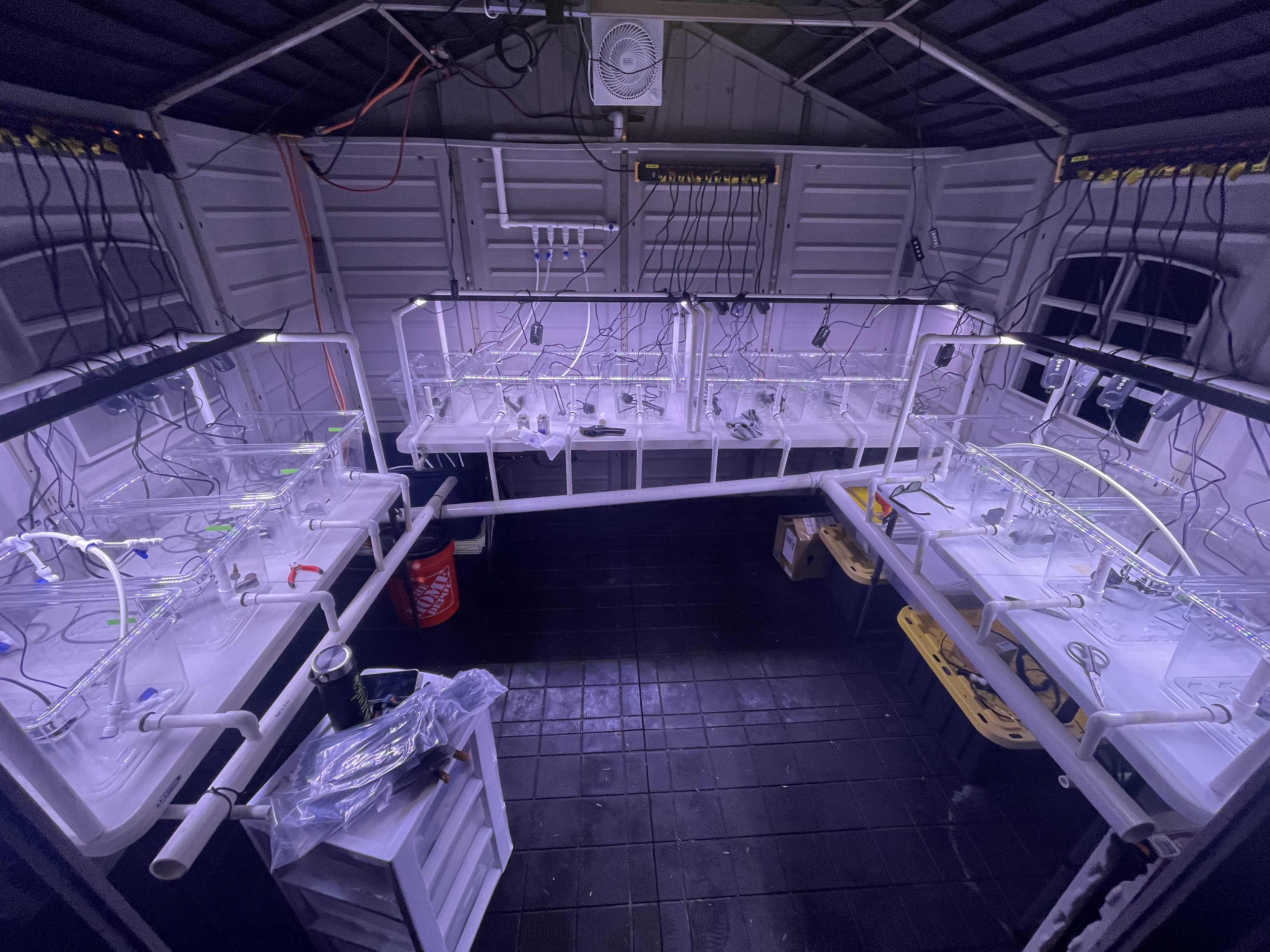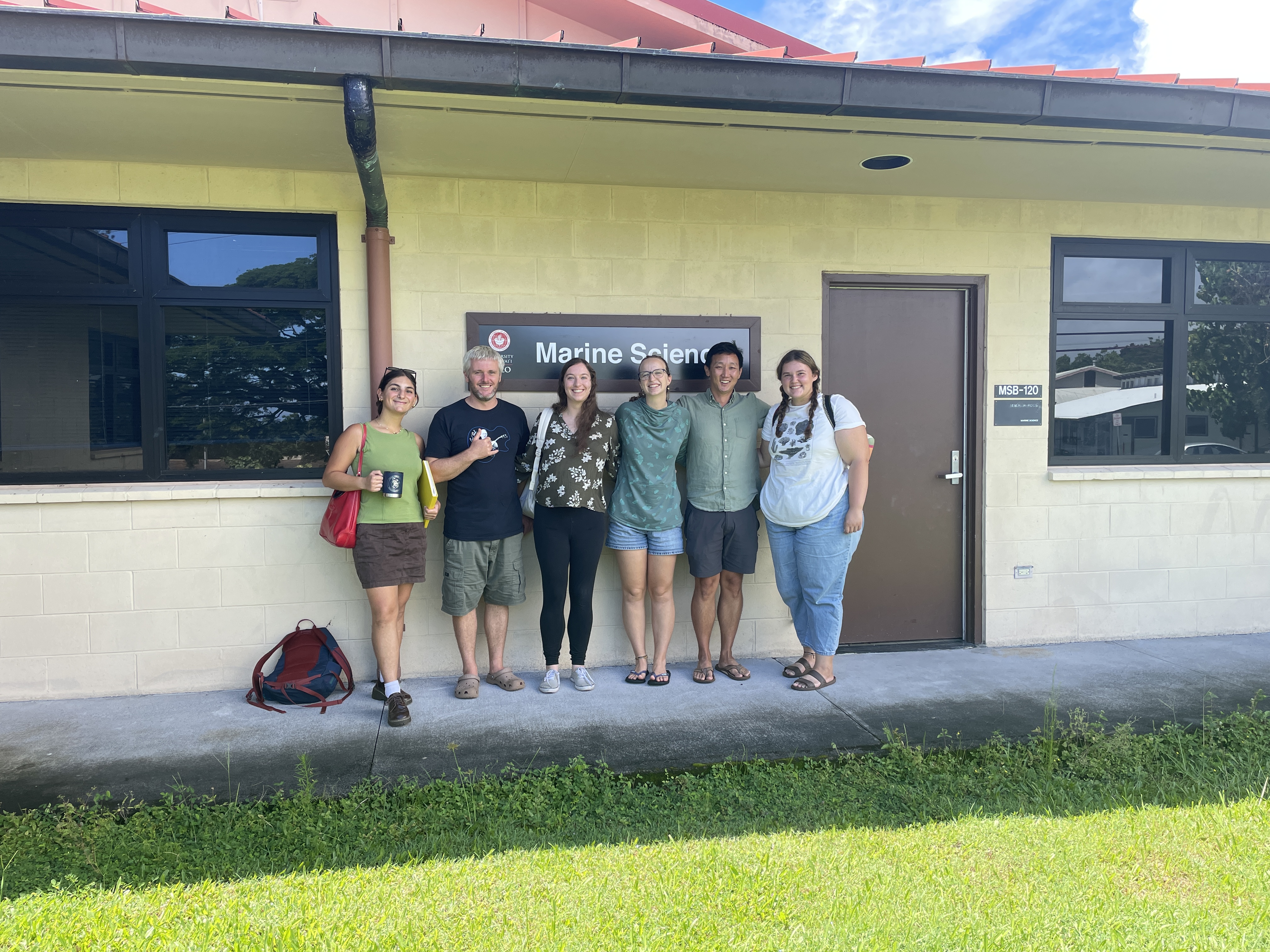Research
Our group works to understand human impacts on oceans worldwide. Our work sheds light into how benthic organisms interact with changing physical and chemical environments. These findings document adaptive traits in response to climate change spanning multiple scales of space, time, building toward the central goal of developing an interdisciplinary toolkit to detect and attribute human impacts on oceans.
Gallery
Grants and funding
-UH Hilo Seed Grant “Developing metrics for ecological forecasting to support Hawaiʻi’s coral reefs. (2024-2025)
Organismal Responses to Human Stressors

Our work uses innovative experimental and technological approaches to document marine physiological responses to environmental change. These experiments including understanding plastic incorporation into the large benthic foraminifera skeletons, and alteration of feeding strategies in the presence of microplastic particles. We also have ongoing work in collaboration with the Museum für Naturkunde, Berlin utilizing µCT scanning of museum collections to quantify anthropogenic impacts on coral skeletal density over the last ~200 years in response to environmental change. Ongoing work at UH Hilo spans understading marine heat wave impacts on local coral species, and quantifying metabolic costs of plastics on coral energy budgets.
Ecophysiological Buffering
 Ecophysiological buffering, a term that describes how organisms interact with others to alter the physical and chemical conditions of their immediate environment (e.g., diffuse boundary layer), is a concept our group works on. Our previous work shows calcification rates of an epiphytic LBFs were depressed (resulting in dissolution) at elevated pCO2, but stabilizing when incubated with commonly associated macroalga. This buffering effect has also been identified in ectosymbiotic crabs conferring increased resistance to OA for common reef-building corals. However, there are also expected buffering effects of macroalgae can decrease coral calcification rates more than OA, highlighting the complexities of this process. Our ongoing work at UH Hilo expands the understanding of how physiological interactions through ecophysiological buffering can extend potential resistance to climate change. These ongoing experiments focus on how the high biodiversity in Hawaiʻi’s coral reefs translates to increased capacity to resist climate change. These experiments provide critical improvements in predicting “winners and losers” in a future ocean, aiding in more wholistic management efforts.
Ecophysiological buffering, a term that describes how organisms interact with others to alter the physical and chemical conditions of their immediate environment (e.g., diffuse boundary layer), is a concept our group works on. Our previous work shows calcification rates of an epiphytic LBFs were depressed (resulting in dissolution) at elevated pCO2, but stabilizing when incubated with commonly associated macroalga. This buffering effect has also been identified in ectosymbiotic crabs conferring increased resistance to OA for common reef-building corals. However, there are also expected buffering effects of macroalgae can decrease coral calcification rates more than OA, highlighting the complexities of this process. Our ongoing work at UH Hilo expands the understanding of how physiological interactions through ecophysiological buffering can extend potential resistance to climate change. These ongoing experiments focus on how the high biodiversity in Hawaiʻi’s coral reefs translates to increased capacity to resist climate change. These experiments provide critical improvements in predicting “winners and losers” in a future ocean, aiding in more wholistic management efforts.
Scaling Experiments

Our lab works at multiple scales that span from organisms to ecosystems. These studies include producing the first carbonate production estimates of sand production in LBFs through paired in situ measurements of sediment production and transport to demonstrate the importance of LBFs on reef-scale sand production. In Moʻorea, French Polynesia, the largest coral reef free ocean CO2 enrichment (FOCE) experiment was performed, highlighting the active dissolution of reef framework interacting with the living coral reef community. Our ongoing work at UH Hilo focuses leveraging the heterogeneous marine environments along the Hawaiʻi Island coastline to understand fundamental processes of links between coral reef biodiversity and ecosystem function across multiple scales of space and time.
Future directions
Check out our Opportunities tab.




